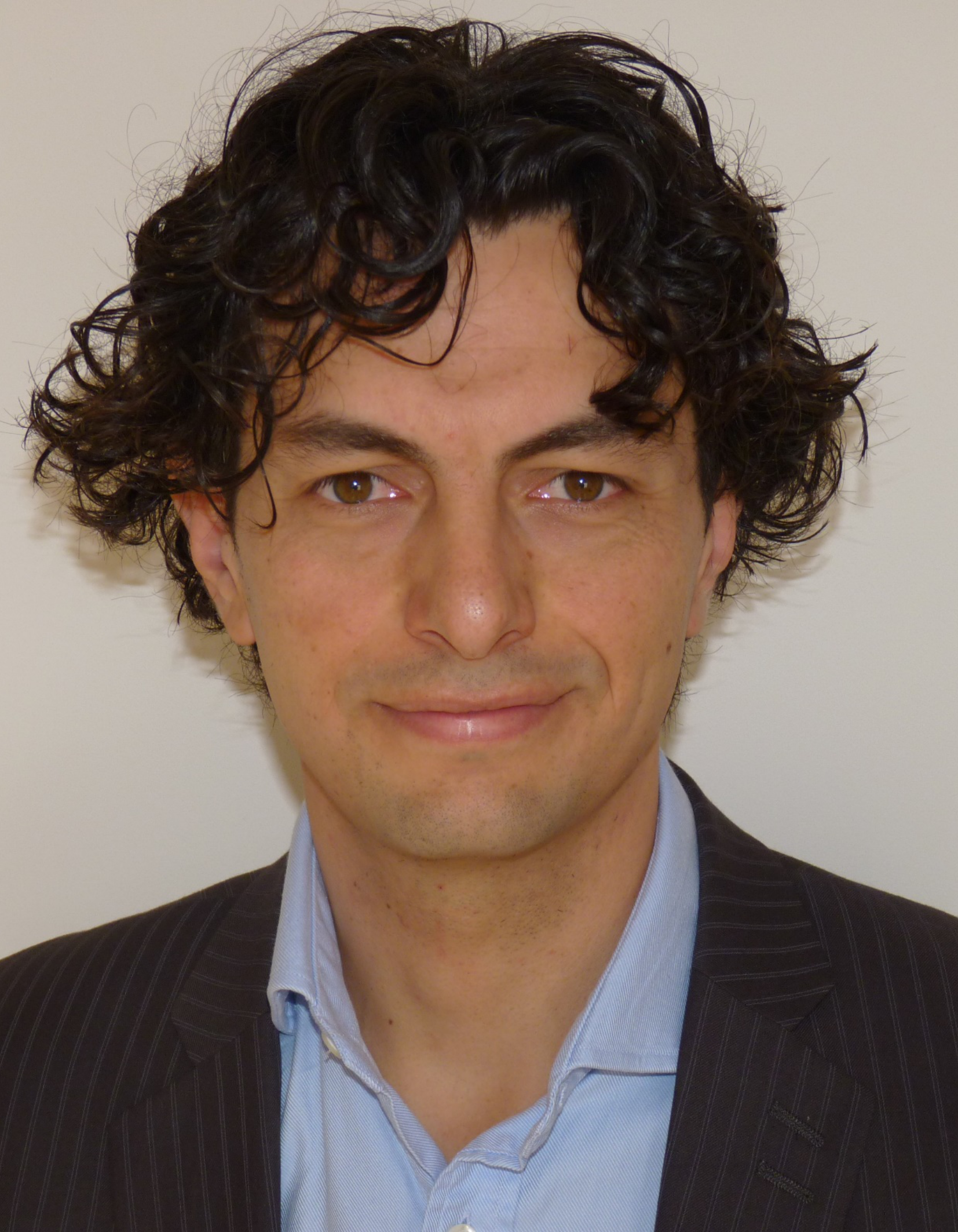Mauro Ettorre

Mauro Ettorre (M’08–SM’15-F’23) received a Laurea degree “summa cum laude” in Electrical Engineering, and a Ph.D. degree in Electromagnetics from the University of Siena, Italy, in 2004 and 2008, respectively. Part of his Ph.D. work was developed at the Netherlands Organisation for Applied Scientific Research (TNO), The Hague, the Netherlands, where he later worked as an Antenna Researcher. From 2008 to 2010, Dr. Ettorre was a Postdoctoral Fellow at Institut d’Electronique et de Télécommunications de Rennes (IETR), University of Rennes 1, France. In 2010 and 2016, he was a Visiting Scholar in the Radiation Laboratory, Department of Electrical Engineering and Computer Science, University of Michigan, USA. From October 2010 till 2023, he was a Research Scientist at the Centre National de la Recherche Scientifique (CNRS), within the IETR. Since 2023, he is a professor in in the department of Electrical and Computer Engineering (ECE) at Michigan State University, East Lansing, USA. From 2014 until 2020, he assumed responsibilities for the multi-beam antenna activity for satellite applications in the joint laboratory between IETR and Thales Alenia Space, France. Since 2017, he serves as Associate Editor for the IEEE Transaction on Antennas and Propagation. In 2017, 2018, and 2019 he was member of the best paper award selection committee for the IEEE Transactions on Terahertz Science and Technology. Since 2020, he serves as Associate Editor for the open access journal Reviews on Electromagnetics of European Association on Antennas and Propagation (EurAAP).
In 2020 and 2021 he was appointed EurAAP ambassador. In 2023, he was member of the best paper award selection committee for the IEEE Transactions on Antennas and Propagation. Dr. Ettorre’s research interests include the analysis and design of leaky-wave antennas, periodic structures, millimeter-wave antennas, non-diffractive radiation and localized waves, near-field focusing techniques, and wireless power transfer systems. Dr. Ettorre received the Young Antenna Engineer Prize at the 2008 ESA Antenna Workshop in the Netherlands, the Innovation Award at 2018 ESA Antenna Workshop in the Netherlands, the Best Paper Award in Electromagnetics and Antenna Theory at the 2018 European Conference on Antennas and Propagation (EuCAP), London, UK, the Best Antennas Paper Award at EuCAP 2021, Düsseldorf, Germany, and the Best Paper Award at the 2023 International Workshop on Antenna Technology (iWAT), Aalborg, Denmark.
High-data rate wireless links: key antenna innovations and novel paradigms
In the near future, high-speed wireless networks will benefit from the massive amount of available bandwidth in the sub- and millimeter frequency range of XG systems and the New Space. Future networks will handle communication between users and objects located in the far-field and near-field region of radiating devices. Antenna innovations are key to exploiting these broad bandwidths and to providing smart data links for mobile users. In collaboration with major industrial and academic partners, I recently proposed quasi-optical planar systems as efficient beam formers for multi-beam, wide-scanning antennas. Such an approach limits the losses and cost of beam forming networks for arrays at higher frequencies, while preserving the agility of the radiating unit. For satellite links, I will show that quasi-optical planar systems can be used to drive wideband terminal antennas based on long slots arrays for wide field of views. The benefits of long slot arrays in bandwidth and scanning will be presented and their physical implementation discussed. For near-field links, I will summarize my current studies on non-diffractive beams. In particular, I will show how non-diffractive beams can be generated with planar radiating structures through the excitation of cylindrical leaky waves. The capability of non-diffractive beams to defeat the path loss and overcome obstructions will be introduced and demonstrated experimentally at millimeter frequencies. These results pave the way to a novel paradigm for next generation near-field wireless links.
